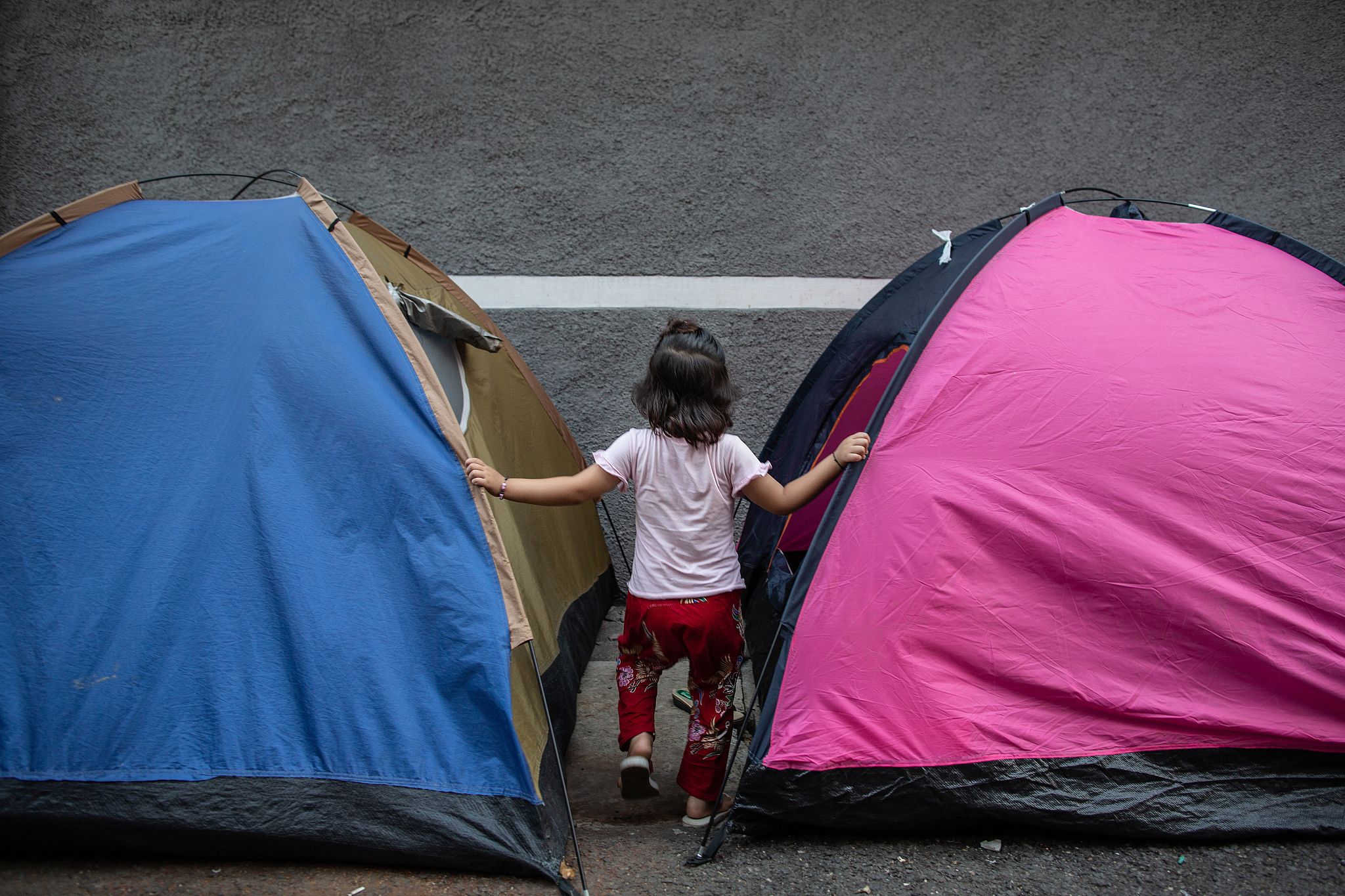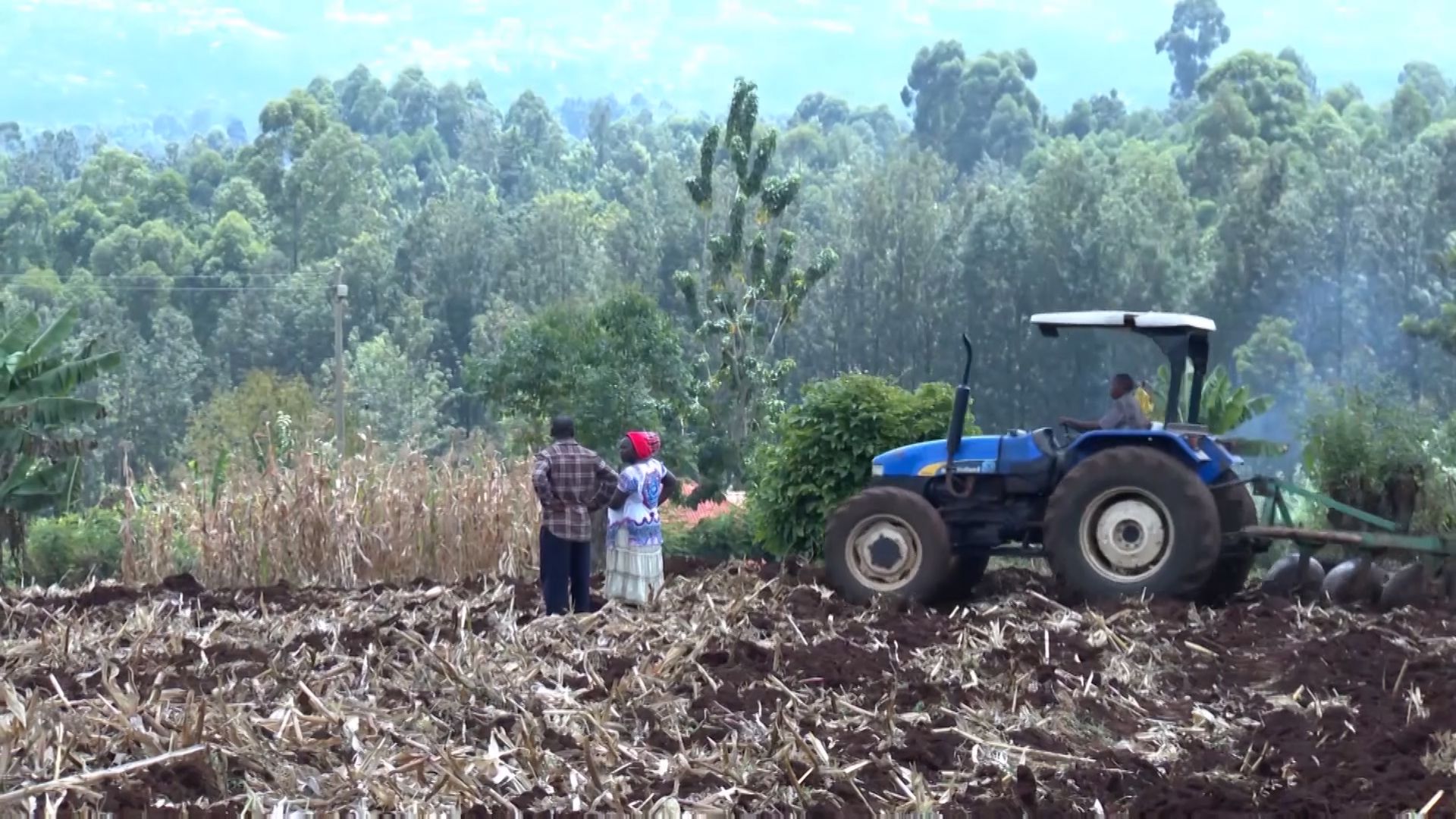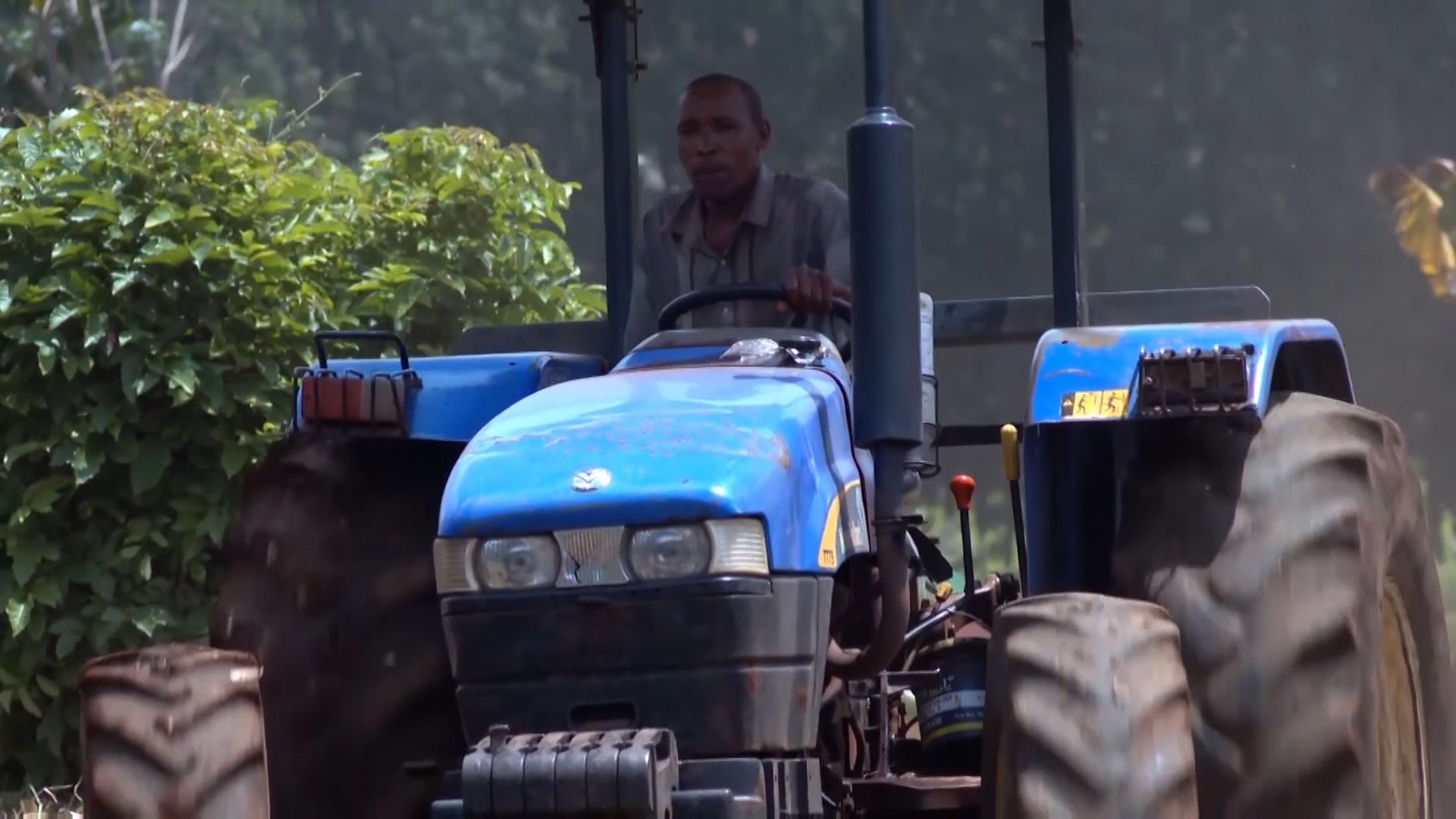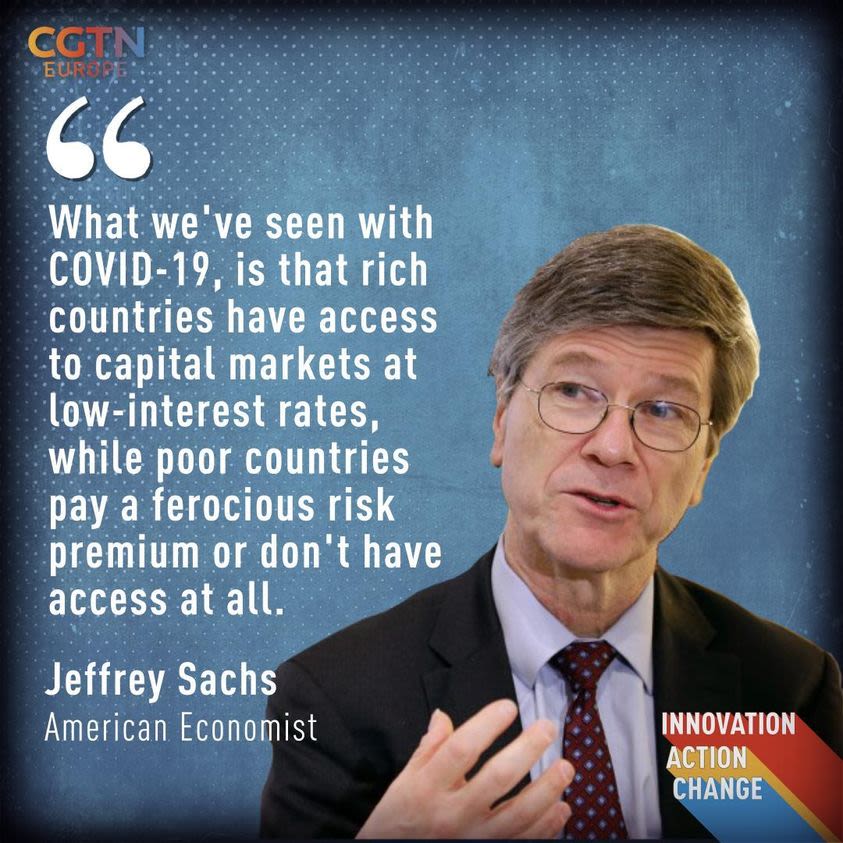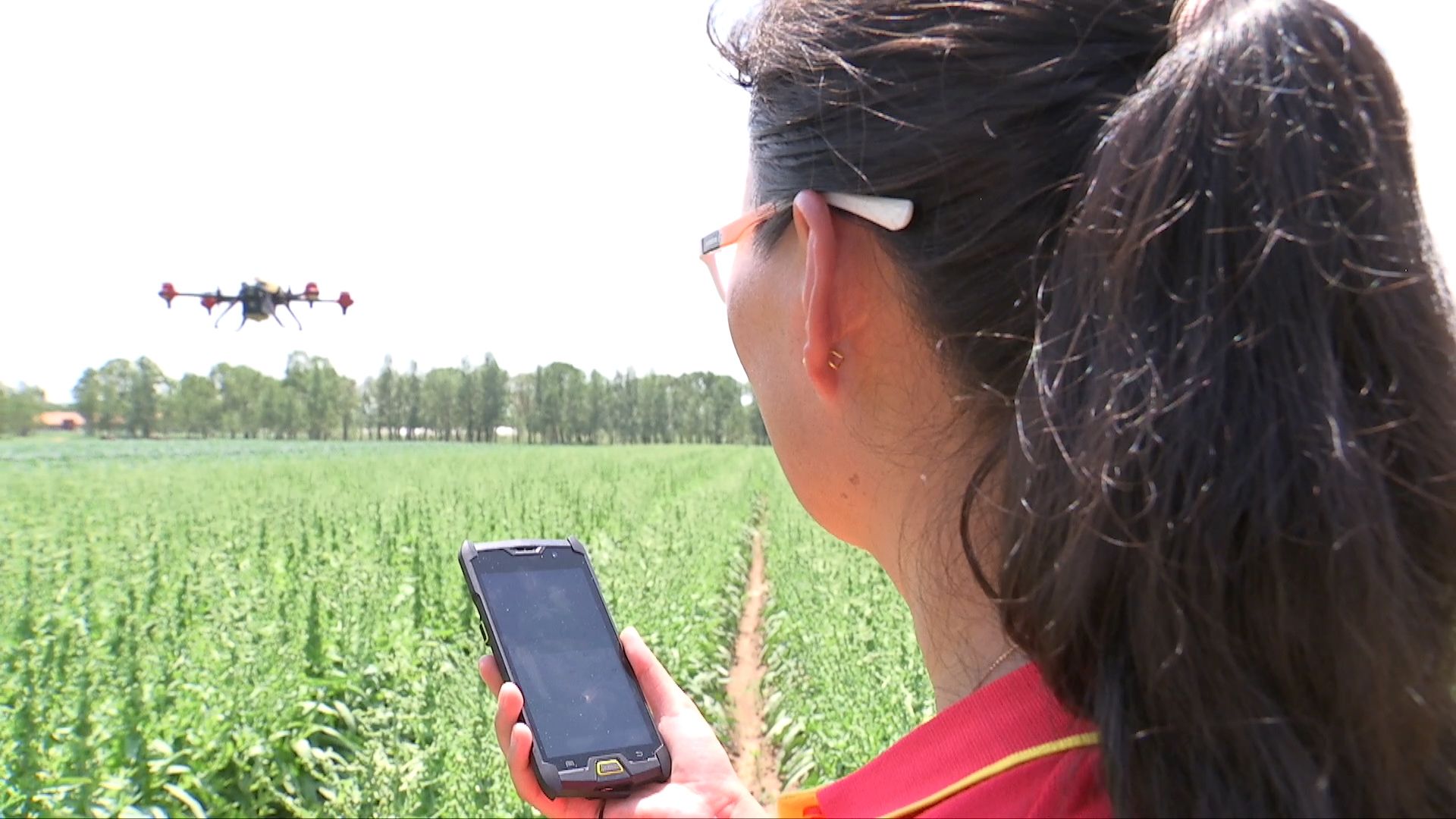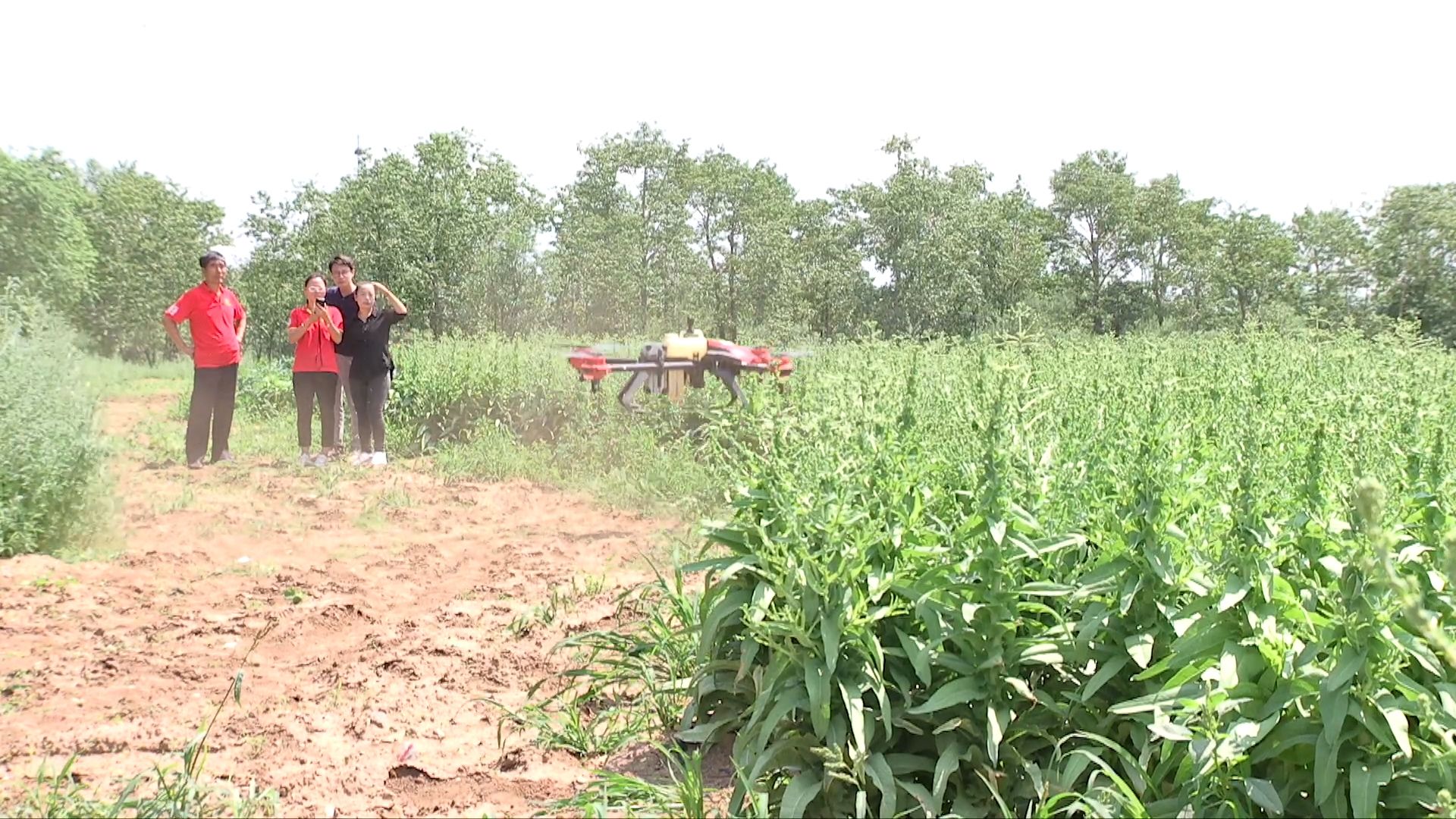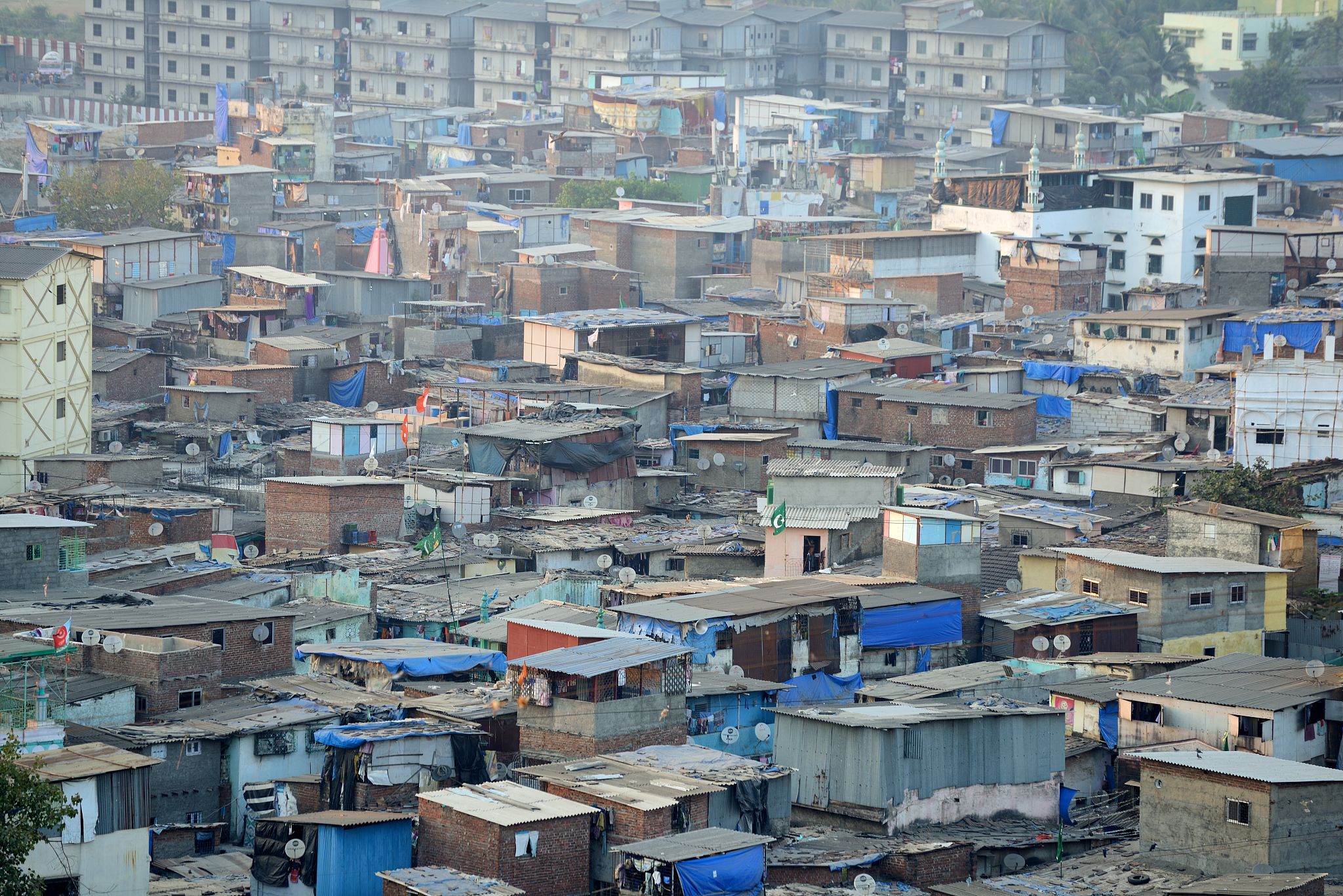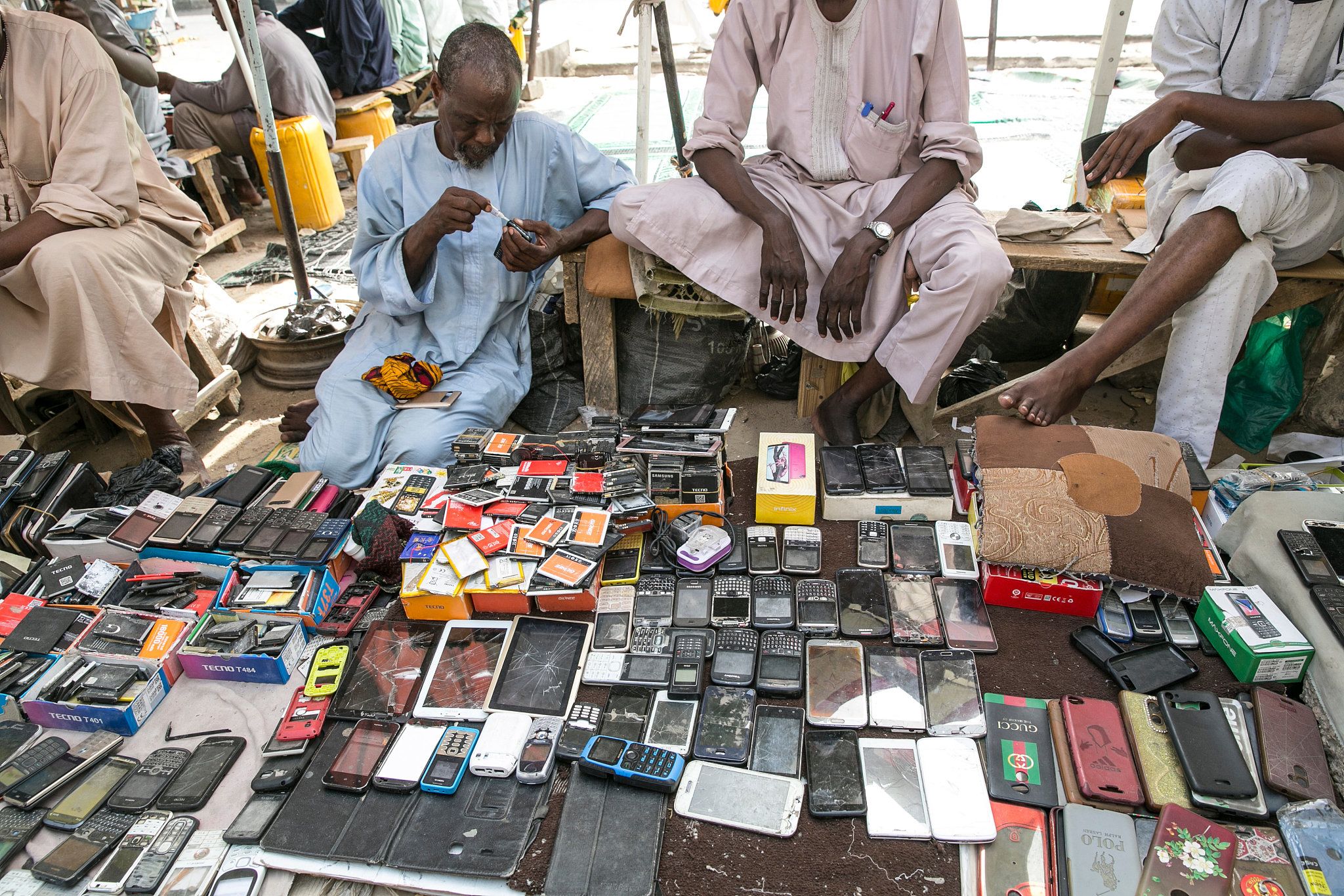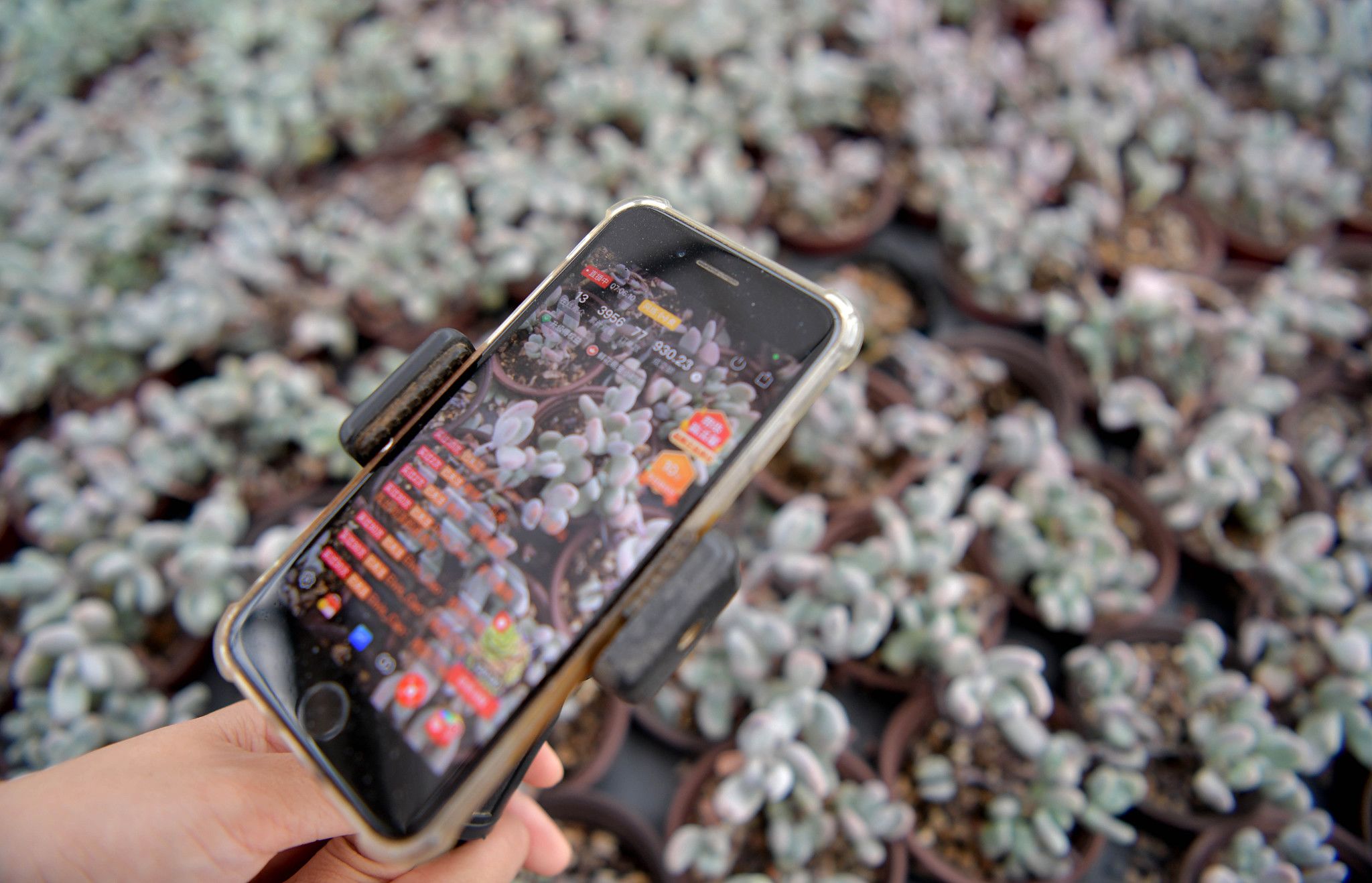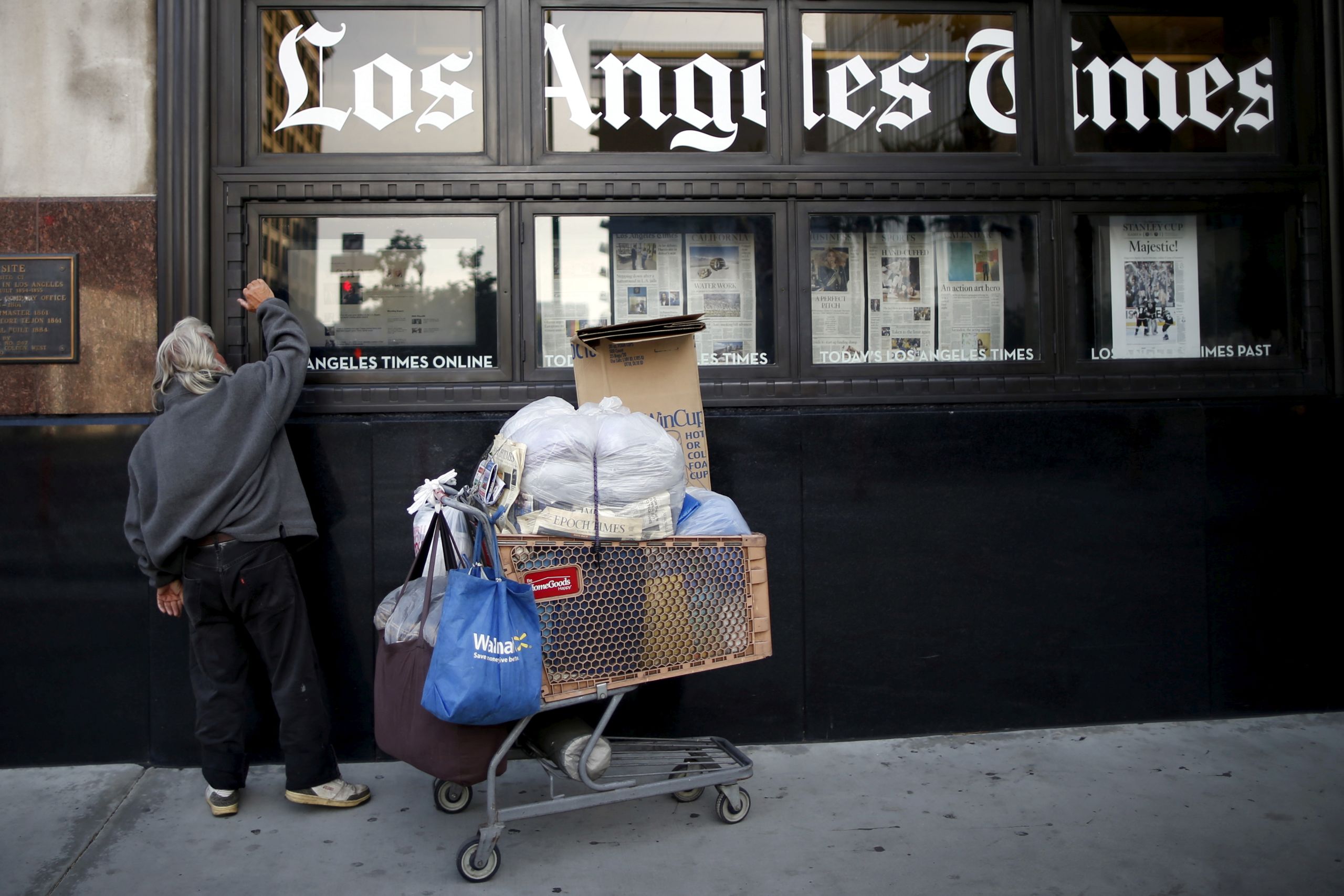INNOVATION: CAN TECHNOLOGY BEAT POVERTY?
Growth in digital technology has coincided with a reduction in poverty. Are they linked? And if so, how has innovation helped alleviate poverty?
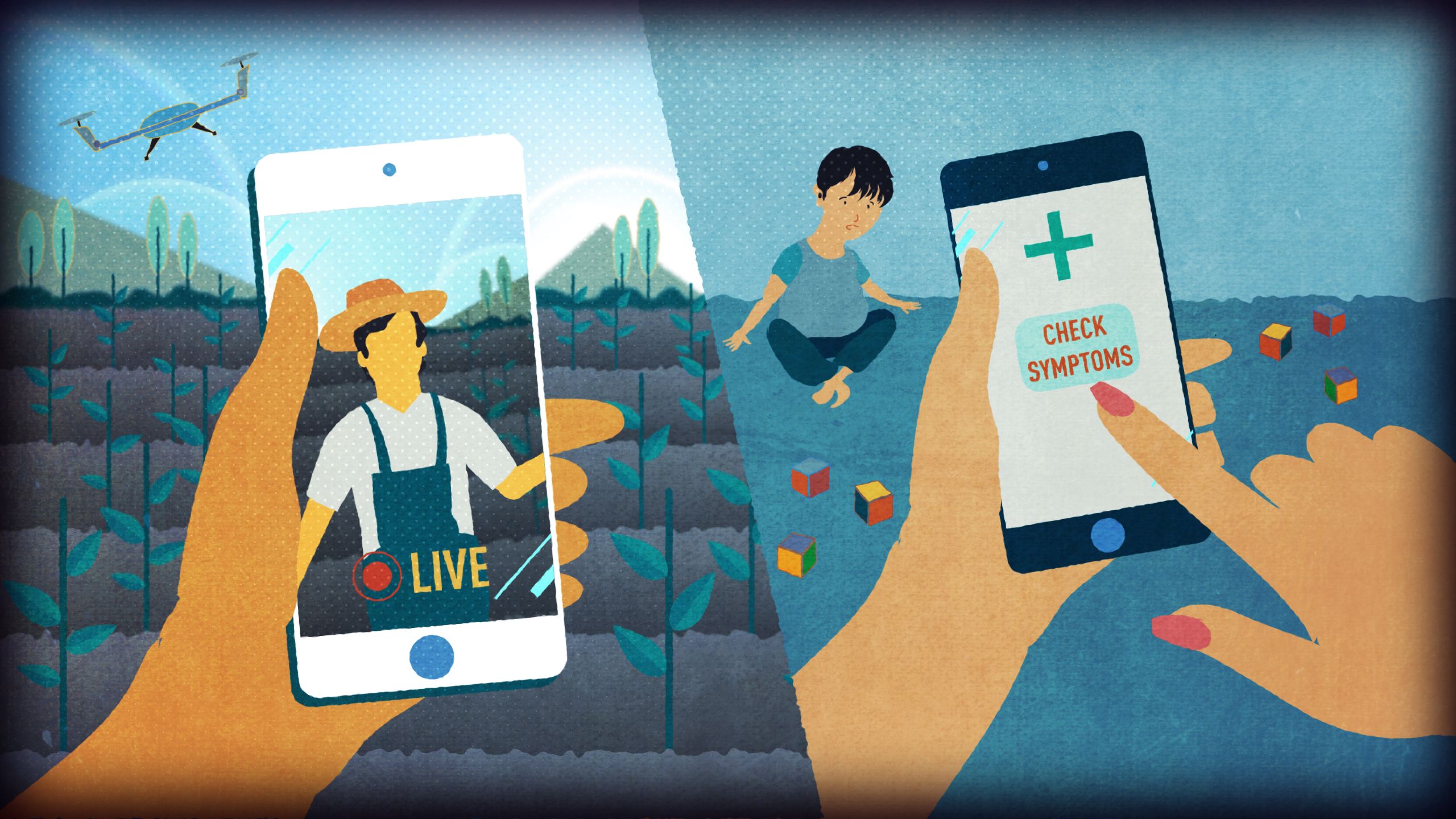
"New technologies hold the promise of the future, from climate action and better health to more democratic and inclusive societies... Let us use them wisely, for the benefit of all"
Recent decades have brought an explosion of technology. Digitalization of the world's industries and services has boosted prosperity, coinciding with the emergence of a global middle class. People in the digital age are on average living longer and healthier lives than their analog forebears.
Despite this, inequalities not only persist but have worsened in recent years. Wealth is increasingly concentrated. The world's richest 1 percent own more than the poorest 90 percent combined, creating significant income, health and education disparities.
These imbalances have been heightened by the COVID-19 pandemic. Millions of working poor couldn't afford to self-isolate. Social distancing is impossible in the world's slums and refugee camps. A wealthier child can use remote learning to continue their education, an option not available to those who live in remote locations or lack the funds for an internet-connected device.
Jakarta, Indonesia, a tent for Afghan refugees was stationed next to the Office of the United Nations High Commissioner for Refugees. /CFP
Jakarta, Indonesia, a tent for Afghan refugees was stationed next to the Office of the United Nations High Commissioner for Refugees. /CFP
App-based services are one tool in the drive to increase productivity, a crucial element of alleviating rural poverty.
Hello Tractor, the so-called Uber for farmers, aims to provide many agricultural workers with access to previously unaffordable technology.
In many African countries, farming equipment remains prohibitively expensive, causing a lack of productivity – without machines, farms are roughly half as productive – and rapid urbanization leads to agricultural labor shortages. Hello Tractor, a mobile phone app through which farmers can hire mechanized farming equipment, is trying to change that.
"A typical farmer who receives tractor services through us plants 40 times faster than manual labor and at one-third of the cost," founder and CEO Jehiel Oliver told CGTN.
The app connects farmers with tractor owners. Hello Tractor agents assist with the bookings, while tractor owners need to buy the company's GPS device to attach to their tractors to track movements and accept requests, similar to how the ride-hailing app Uber works.
In an interview with How we made it in Africa, Oliver noted that most Hello Tractor clients "live at or below the poverty line," adding that they traditionally relied on manual labor to service their farms.
The start-up was launched in 2014 in Nigeria. It now operates in 13 African countries, as well as three in Asia. Around 3,000 tractor owners have used the platform to service more than half a million farmers.
Kenyan farmers using Hello Tractor's services. /CGTN
Kenyan farmers using Hello Tractor's services. /CGTN
Kenyan farmers using Hello Tractor's services. /CGTN
Kenyan farmers using Hello Tractor's services. /CGTN
What does innovation have to do with poverty?
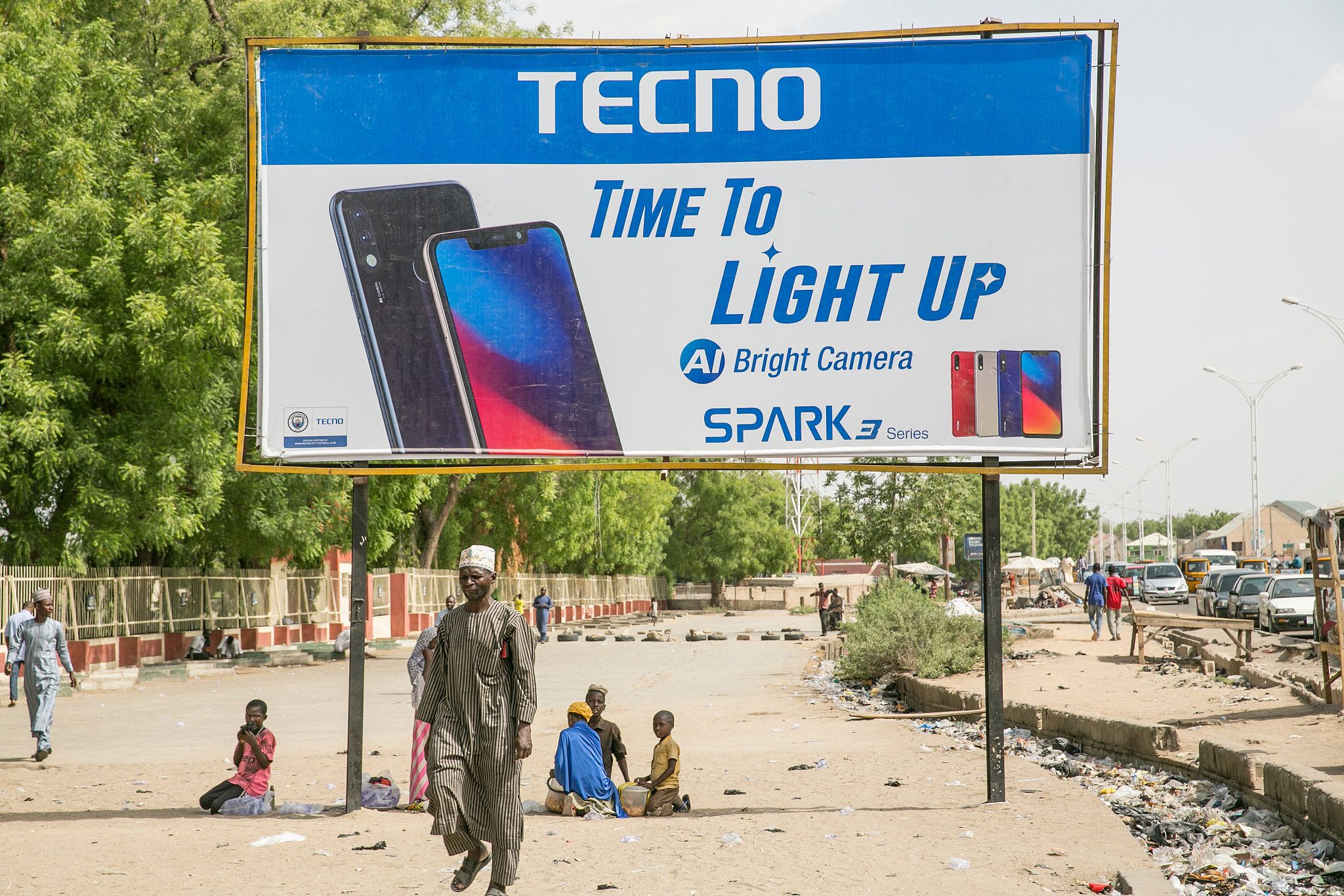
Caption. /Photographer/Agency
Caption. /Photographer/Agency
Innovation can contribute to the alleviation of poverty. During and after the 18th century's Industrial Revolution, technology and trade lifted countless people from poverty in the U.S. and Western Europe.
But it wasn't innovation alone. The boost of living standards in the West relied upon the subjugation of people and resources of colonized nations.
The exploitative policies of the past, including the Trans-Atlantic Slave Trade, have been consigned to history. For innovation to alleviate poverty in the 21st century, it requires government policies based on social and economic justice.
"We need roughly 10 times the level of development financing that we have right now," says Jeffrey Sachs, a U.S. economist whose work focuses on poverty alleviation.
"Technology by itself could be a great leapfrog, a great equalizer. The thing that makes it unequal is lack of access, not the technology itself. Because if you have the internet, if you have digital services in poor areas, they grow tremendously fast. That's China's lesson for the world," Sachs told CGTN Europe.
Sachs, who advised nations with economies in transition, particularly in Eastern European countries following the end of the Soviet Union, has argued that poverty is the result of bad policy. It can, he argues, be alleviated with not just innovation but good government intervention and investment.
"China showed how to end poverty by deploying infrastructure across the country. This is why investing is so central. What we've seen in COVID-19 is the rich countries have access to capital markets at low interest rates. The poor countries pay a ferocious risk premium or don't have access at all.
"I like programs like the Belt and Road Initiative. Because China has made an offer to the developing countries, we will work together to build out infrastructure and to help finance that."
Agricultural drones are surging in popularity across China's farms. A drone spraying a field with pesticides or fertilizers can cover 1,215 hectares in one day compared with just 4 hectares by hand.
According to data from the China Agricultural Machinery Circulation Association, from fewer than 1,000 bought in 2017, sales of agricultural drones surged to more than 15,000 by 2020.
Drone manufacturers hope this technology will help create a new generation of more productive, more profitable farms.
"With the automation technology, an individual farmer now can manage bigger and bigger farms, so their incomes will substantially increase," says Justin Gong, co-founder of drone company XAG.
"This will attract the younger generations to return to the farms. This will also bring back young blood to rural communities to boost the economy."
XAG's founders developed their business after visiting a Xinjiang cotton farm and witnessing how the aging farmers had to strap heavy pesticide tanks to their backs as they labored spraying their crops.
The boom in drone use has been promoted by China's authorities, which from 2017 issued guidelines and subsidies promoting their use in an agricultural setting. The policy, by boosting productivity and profits, has contributed to the decreasing of rural poverty.
Agricultural drones in use. /CGTN
Agricultural drones in use. /CGTN
Agricultural drones in use. /CGTN
Agricultural drones in use. /CGTN
Blockchain: a solution to corruption?
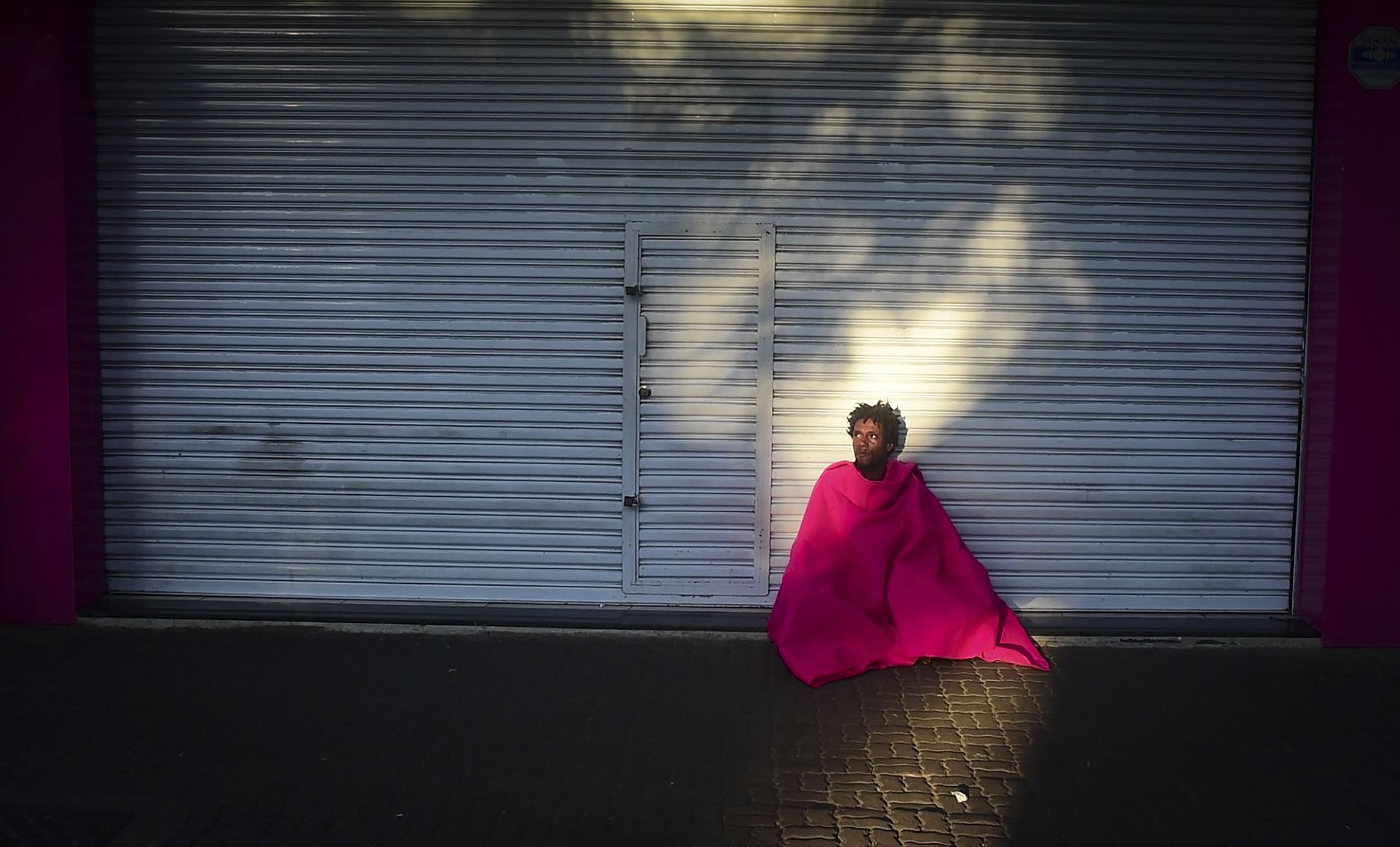
"The burden of petty corruption falls disproportionately on poor people."
Investors are increasingly interested in the blockchain sector. The technology, essentially a secure public ledger of transactions, has been chiefly associated with cryptocurrencies that have disrupted financial markets.
However, supporters note that blockchain's reliability, security and unalterable transactions can mitigate two contributing factors for poverty: government waste and corruption.
Corruption doesn't directly produce poverty. However, it creates conditions in which poverty can flourish.
According to a World Bank report, "For those without money and connections, petty corruption in public health or police services can have debilitating consequences... It biases government spending away from socially valuable goods, such as education."
A 2020 report by Per Aarvik, a political scientist focused on digital tools for anti-corruption, notes that blockchain technologies have shown promise in "identity management and cash-based assistance for refugees in camps," reducing costs and increasing the traceability of funds.
"When corruption represents a breach of trust, a technology that strengthens trust becomes an attractive solution in public projects."
Aarvik notes that while blockchain has the potential to alleviate corruption, digital literacy and digital infrastructure are essential for the technology to reach its potential.
"Particularly in developing countries, it is important to understand if the prerequisites of connectivity, digitized data, and digital literacy exist before launching blockchain-based projects," he said.
A slum in Mumbai, India. /CFP
A slum in Mumbai, India. /CFP
The data revolution
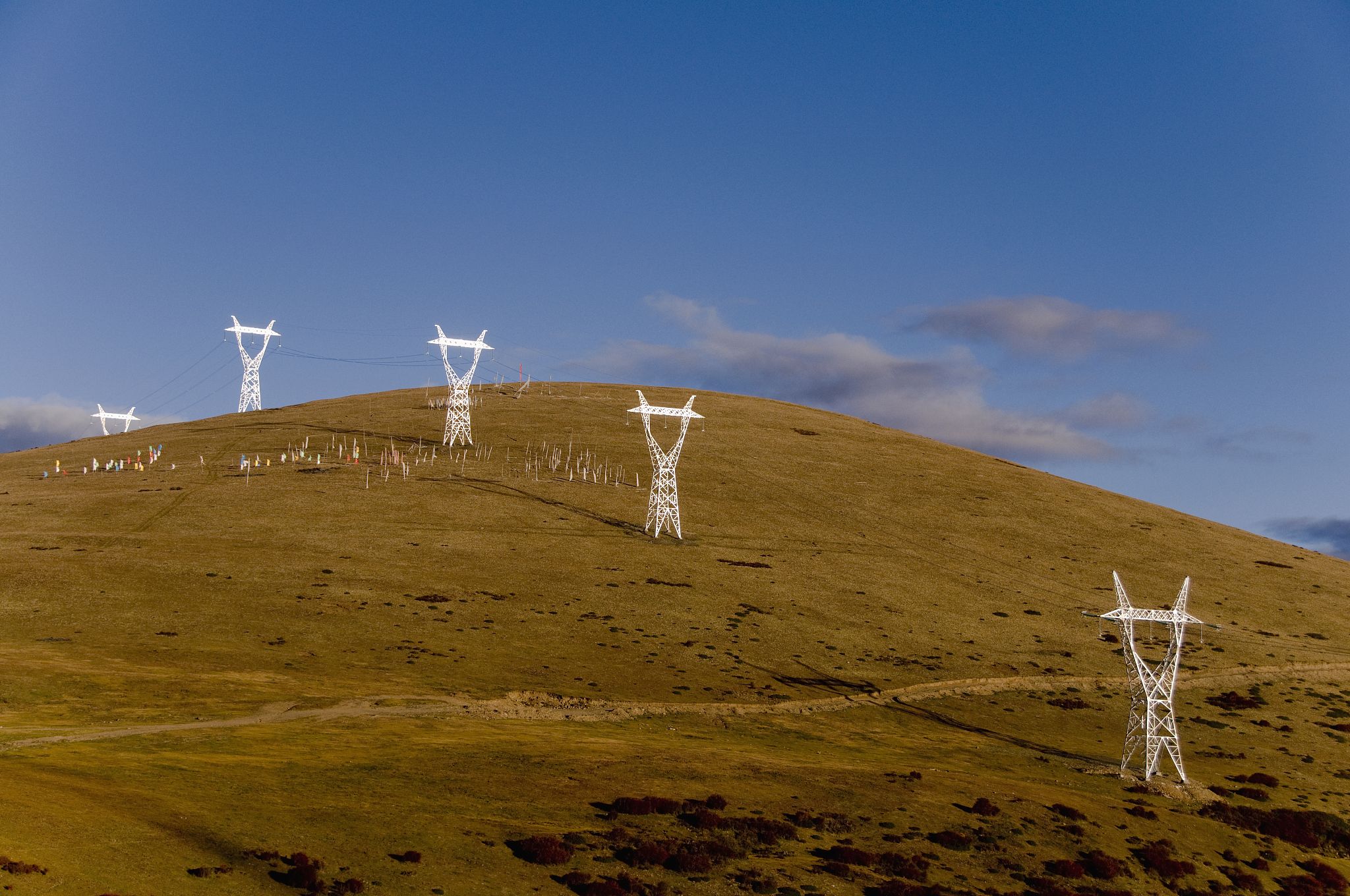
Street vendors display used mobile phone handsets for sale at Jagwal Electronics Market in Maiduguri, Nigeria. /CFP
Street vendors display used mobile phone handsets for sale at Jagwal Electronics Market in Maiduguri, Nigeria. /CFP
One of the most visible signs of innovation in action has been the distribution and usage of smartphones and mobile broadband networks.
A joint study by the World Bank and the GSMA found that the development of mobile broadband networks in Nigeria between 2010 and 2016 increased labor force participation – particularly among women – and reduced extreme poverty by around 7 percent.
Smartphones and smart feature phones – which cost less and have a retro look but contain many of the features of the former – can significantly improve productivity in industries such as agriculture. Apps allow farmers to monitor output, access markets, and increase communication between workers to maximize efficiency.
The revolutionary potential of smart feature phones can only be realized with reliable electricity sources and mobile network access. According to the GSMA's 2020 report, 3.8 billion people were using mobile internet by the end of 2019, with three-quarters of all mobile internet users living in low-and middle-income countries. In the same year, the association calculated that 4G networks covered 82 percent of the world's population.
The association notes that, while the coverage figures are impressive and growing (poorer nations have taken around seven years to reach more than 80 percent coverage for 4G, compared to 10 years for 3G), there is still a considerable usage gap, as coverage continues to grow faster than usage. Approximately 3.4 billion people who live in areas covered by a mobile broadband network do not use mobile internet.
The GSMA urges governments, the development community, and the mobile industry, among others, to close this gap by "improving levels of literacy and digital skills, increasing disposable incomes, creating vibrant, local digital ecosystems, and lowering the cost of smartphones."
Intelligent agriculture
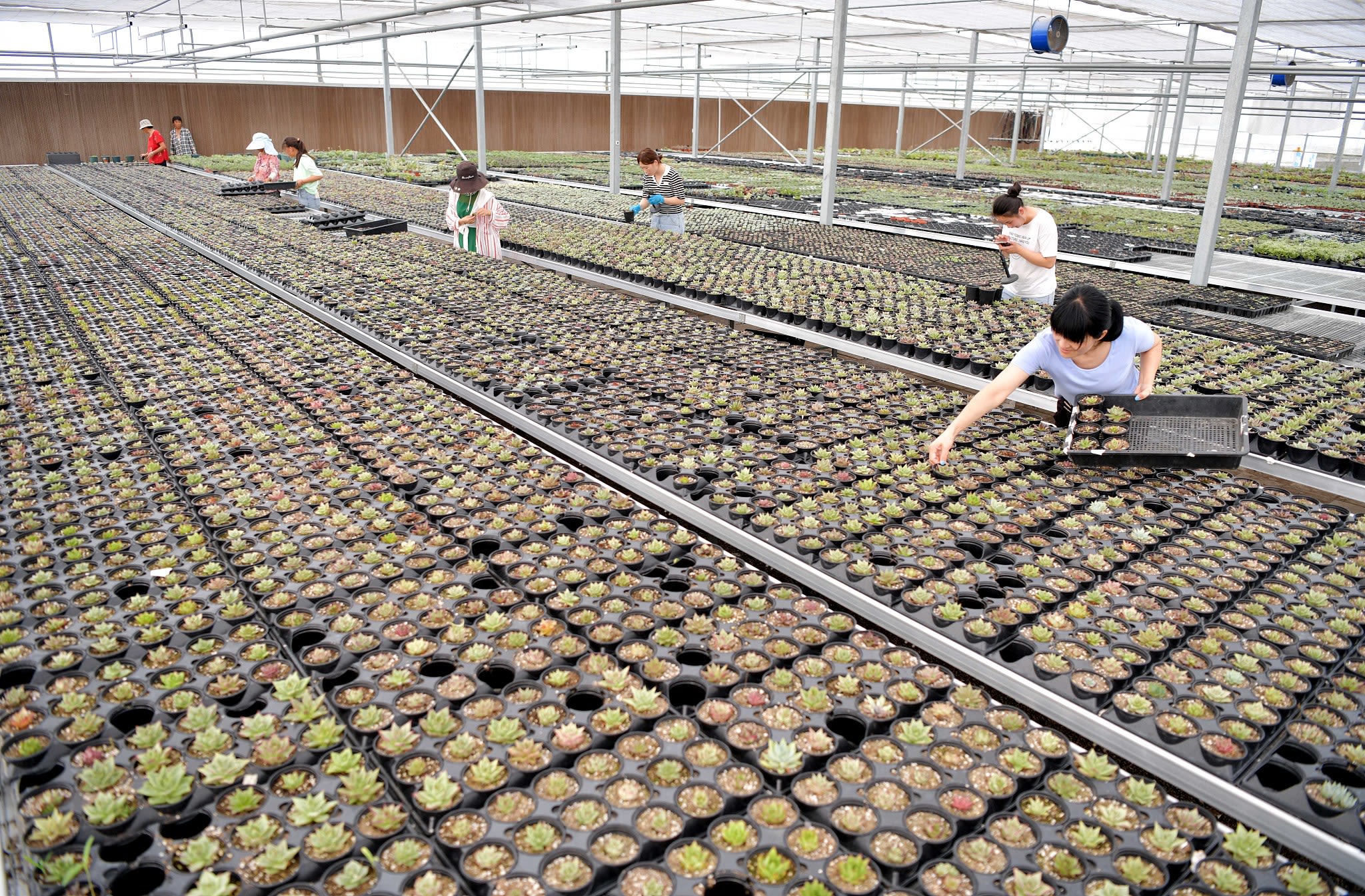
China's 5G mobile network, which its government says is the biggest in the world, is transforming the lives and businesses of rural citizens.
E-commerce platforms, which farmers can now access using the network, have reduced the threshold for small businesses to enter large markets, writes Jiang Xiheng and Liu Changyu from the Center for International Knowledge on Development.
"Rural residents that were marginalized due to their geographic location, access to information and development capabilities can display their agricultural products and handicrafts online and find buyers, thereby increasing sales and revenue," they wrote in a 2020 report.
Shibadong, a village deep in China's Hunan province, became part of the country's pilot zone for "targeted poverty alleviation" in 2013. Villagers were encouraged to use the region's unique geography to their advantage.
Villagers have developed successful businesses selling their locally produced wares via live streams using the region's mobile network and smartphones.
"It's not just live-streaming and peddling our specialty products," says Shi Linjiao, whose live streaming platform has tens of thousands of followers. "I also show how beautiful my hometown is and how special the cuisine is. So many people have come to travel here because of this."
In Hunan's provincial capital Changsha, there is now a shop specializing in products from Shibadong village and surrounding areas – just one example of the success of the live-streaming business model. In Hunan alone, an estimated $1billion has been earned by businesses similar to the one set up in Shibadong. The bespoke businesses, using innovative means, have in part led to the eradication of extreme poverty in the province.
In Lianyungang, Jiangsu, farmers used live webcast to sell succulents./CFP
In Lianyungang, Jiangsu, farmers used live webcast to sell succulents./CFP
Investments and innovation
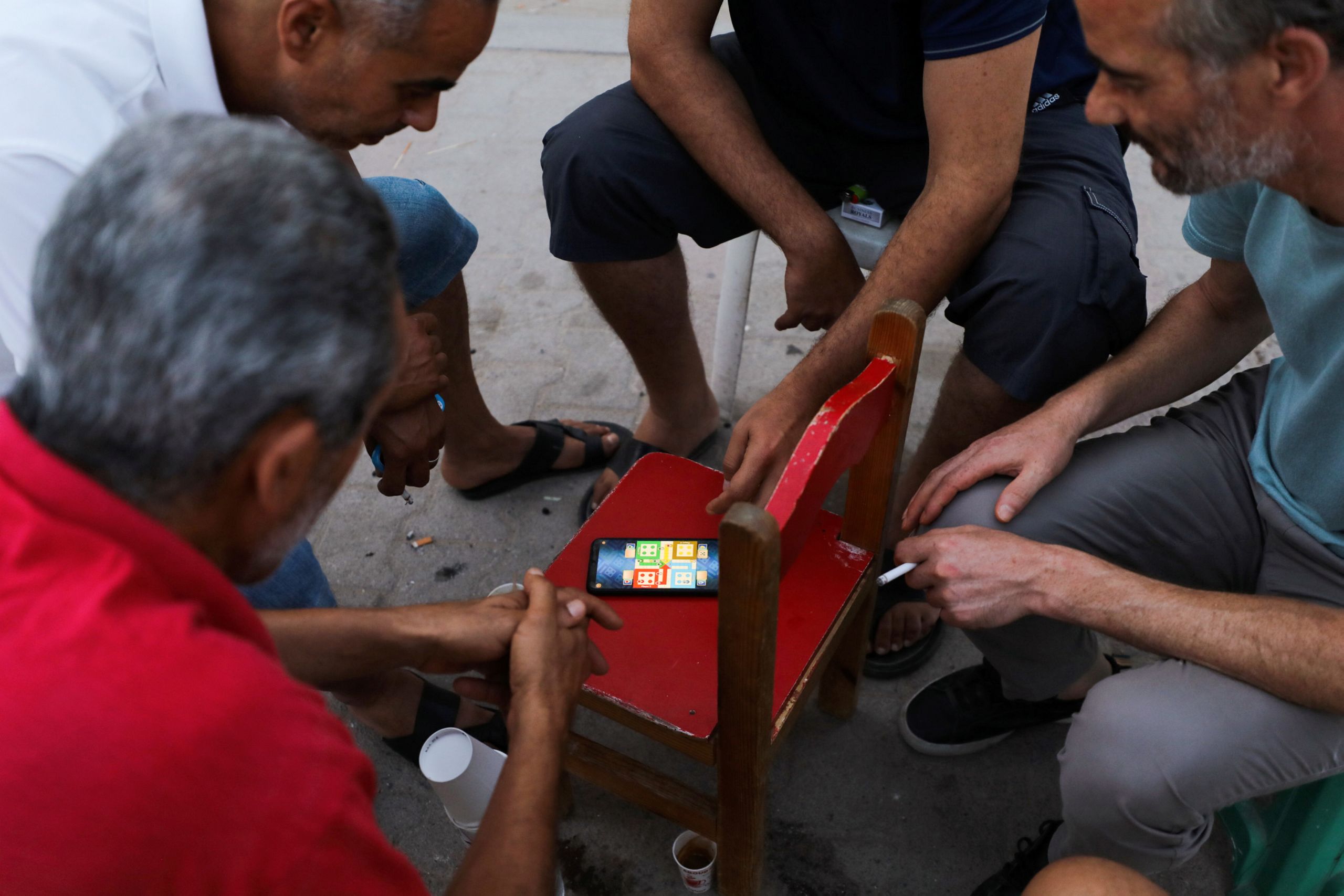
A homeless man reads the Los Angeles Times in the window of the building of Los Angeles Times newspaper. /REUTERS/Lucy Nicholson/File Photo
A homeless man reads the Los Angeles Times in the window of the building of Los Angeles Times newspaper. /REUTERS/Lucy Nicholson/File Photo
"The answer is really in the systems of incentives," says Tim Unwin, UNESCO Chair in ICT4D – or Information and Communications Technologies for Development, an initiative intended to bridge the digital divide between the haves and have-nots.
Unwin, a geographer whose work with UNESCO focuses on using digital tools to empower those in low-income countries, believes that it's the responsibility of states to create an environment where innovation can help the most marginalized people.
"Tax regimes and regulations that governments are able to put in place to enable innovation to take place, enabling private sector innovation, but also providing an environment where we can rethink how innovation can be used for the poorest," he says.
Alongside the technical developments that Unwin cites, investment is key to alleviating poverty. According to the Broadband Commission, in Africa, an estimated additional $100 billion would be needed to achieve universal, affordable and quality broadband internet access by 2030.
Investment has been key to China's success. In 2021, Chinese President Xi Jinping stated that China had invested $246 billion in fighting poverty over the past eight years. This considerable investment has helped bring an estimated 100 million people out of extreme poverty in that period.
A government willing to invest the necessary capital, combined with innovative solutions, has been proven to be a winning formula in the ongoing fight against poverty.
Words Daniel Harries
Animation James Sandifer
Video Editing Natalia Luz

